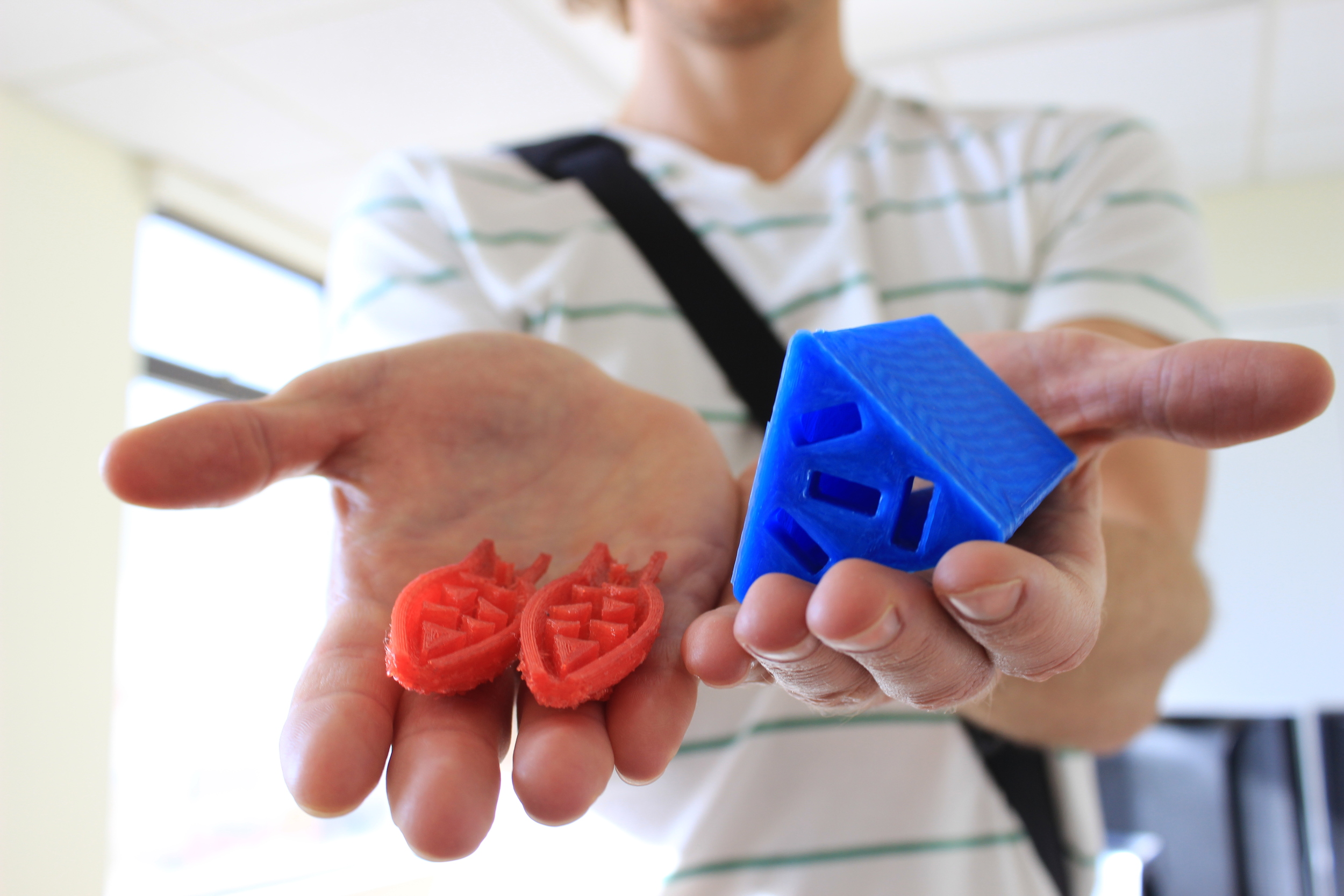About a month ago we finally received the production version of triforce from our manufacturer in Shenzhen (China), our desktop USB charger for the Lightning Rabbit brand which Ottermatics helped create. Although the design process only took about 1 week, there were a lot of lessons learned as far as certification and packaging which are worth sharing.
Market Research [3 days]
The initial business case behind was put together quite quickly. We wanted to add a successful product to the Lightning Rabbit brand without a lot of risk. To figure out the product we were going to design, we used an old Time Ferriss trick which consisted of two phases:
- Find the hottest selling consumer electronics (charging) product through Amazon - a quick search shows you that it's desktop USB chargers. Bingo, we had our product.
- Reading the Amazon reviews for competing USB chargers and figuring out where the product lacking; that became our product specification. In our case, it was the low Wattage/Power of the competitors and the fact that they looked childish.
Prototyping [1 week]
After specifying our use-case as a nightstand centric semi-portable device. A number of iterations of design shapes and sizes were tested; from pyramids, rectangles, and triangular cylinder we tried everything. For a number of reasons that mainly center around manufacture-ability and user experience a triangular prism was chosen. During this concept phase we had been working our way through a number of manufactures who had circuit configurations that would meet our aesthetic and technical specifications. To iterate quickly on the shape, we used our in-house 3D printer.
Testing [1 Week]:
There is a point in every shiny new product's life when it must be tested. Apart from ensuring that a product completes it's basic promises to the its new owners, proper testing should additionally ensure that a product is use case tested for situations that might exceed It's original design. Now we could have easily just sent the triforce out to some lab in a distant land to get all the certifications it needs to be sold. We wanted to go further.
We received our first production triforce from our manufacture recently. Personally, I was really excited to tear it open and put it through its paces. Well obviously the first thing we did when we got it was to drool over its sleek aluminum case, and test its basic charging functionality which it passed to no one's surprise.
Since most distributors required some sort of proof of compliance to federal regulations, we did end up getting the triforce CE/ROHS/UL compliant for about $500 through a testing house. But having put it through it's paces ourselves, we felt comfortable that there would be no surprised once it was sent to the testing facility.
Packaging [1 month]
We struggled with the packaging for triforce since we didn't know if we needed display packaging (for store-shelf distribution) or something just to get us by through Amazon (drop-ship packaging); that argument alone took 3 weeks to settle. After agreeing to do the drop-ship packaging, we created the artwork and engineering drawings in-house in about 1 week. We engaged the same overseas manufacturer who is producing the triforce to do the packaging so as to keep the logistic costs and headache to a minimum (most manufacturers would gladly do the packaging along with the product, just have to ask).
Launch and Marketing [Never-ending]
We just recently launched the product and it can be purchased on Amazon or through Lightning Rabbit. Amazon does all the fulfillment for us which keeps us light on our feet. We are currently in the process of blogger outreach to create some buzz and speaking with distribution buyers to get the product into the store.

![Production Triforce Photoshoot [Getting Ready for Distribution]](https://images.squarespace-cdn.com/content/v1/5207ae1ce4b008a4a3bc97a7/1423530517863-5B3U9CXDTOVM1Q4EGMWV/triforceDesktop)
